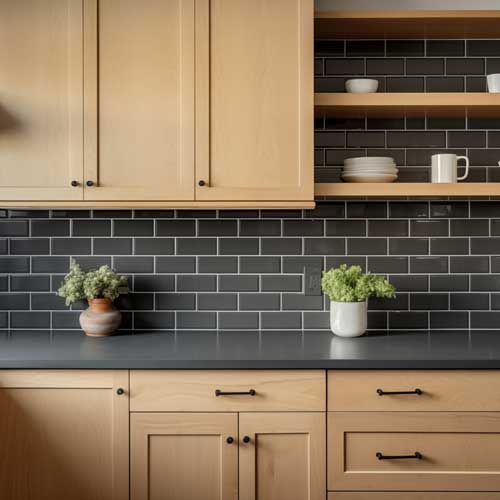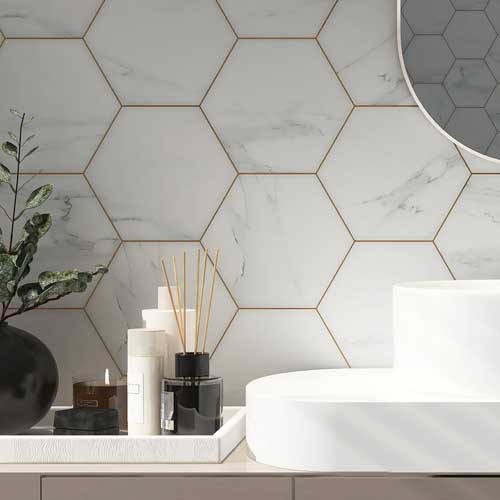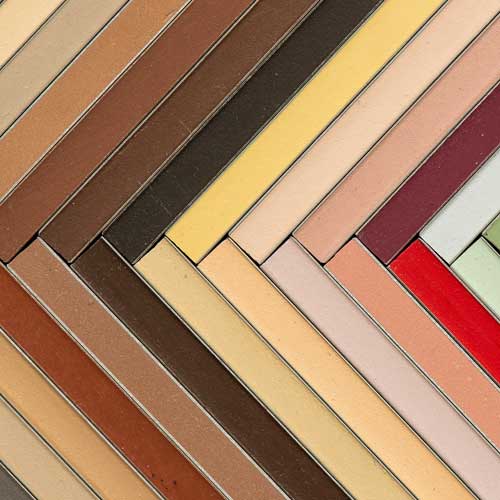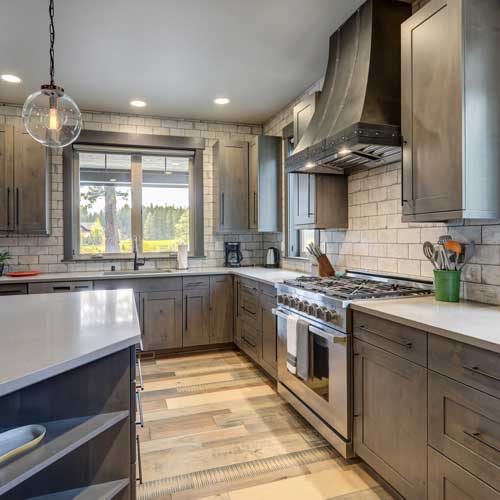The Impact of Grout Color on Backsplash Aesthetics

From adding a pop of color to creating a timeless look, backsplashes play a vital role in elevating the aesthetics of your kitchen and bathroom. Beyond the beauty of the tile itself, a design element often overlooked is grout color.
The grout, the thin lines separating your tiles, can make a big difference in the overall impact of your backsplash. Choosing the right grout color can significantly impact the overall look and feel of your kitchen or bathroom, influencing everything from the perceived size of the space to the overall design style.
Whether you want informative guidance or already have specific tile choices in mind, understanding the influence of grout color will help you make informed decisions and avoid costly mistakes down the line.
Why Does Grout Color Matter for Backsplashes?

Though grout is only a thin line between your backsplash tiles, it surprisingly plays a large role in your overall design. Grout color interacts with the size, color, and pattern of your tiles. Light grout can create a seamless look, while a contrasting grout color can add a bold, graphic statement. The grout color you choose can either unify your backsplash design or introduce a design element of contrast. Matching the grout color to your tiles creates a cohesive flow, while a contrasting grout color can highlight the pattern or texture of the tiles.
Choosing the Right Grout Color: Key Considerations

When it comes to selecting the perfect grout color for your backsplash, there’s no single right answer. The ideal grout color depends on several factors:
- Matching vs. Contrasting Grout: Consider the effect you want. Matching grout with light-colored tiles (like subway tiles) creates a clean, seamless look and can make the space feel larger. However, for a bolder statement, contrasting grout adds a pop and defines the tile pattern.
- Dark Backsplash Tiles: For dark-colored tiles, light grout can help to break up the color and prevent the backsplash from feeling too heavy. A dark grout color can create a dramatic and sophisticated look.
- Tile Size and Pattern: With smaller tiles, a thin grout line can help create a unified look. Conversely, for larger format tiles, a wider grout line with a contrasting color can add visual interest and definition.
- Design Style: The overall design style of your kitchen or bathroom can influence your grout color choice. A modern aesthetic might favor clean lines and minimal contrast, suggesting a grout color that complements the tile. A traditional style might lean towards warmer tones and a more unified look with matching grout. Rustic design elements might benefit from a darker grout color that adds a touch of aged character.
Popular Grout Color Options and Their Effects

The right grout color can elevate your backsplash design.
- White Grout: A classic choice that creates a clean, seamless look. Matching grout color to tile backsplash can make the space feel larger, but keep in mind white grout may show dirt more easily.
- Gray Grout: A versatile option offering a touch of contrast without being too bold. Gray grout is easier to maintain than white as it hides dirt better.
- Contrasting Grout Colors: For a statement piece, consider a darker grout color that pops against lighter tiles. This can add a graphic element and define the tile pattern.
Ultimately, the best grout color depends on your design goals and preferences. Visit one of our Bay Area showrooms to explore our selection of tiles and grouts, and speak with our design professionals to find the perfect combination for your backsplash project!
